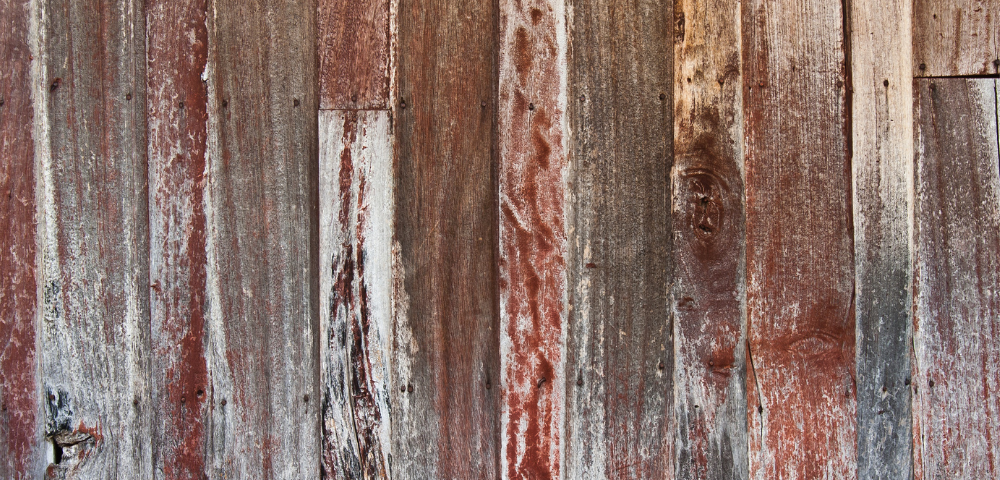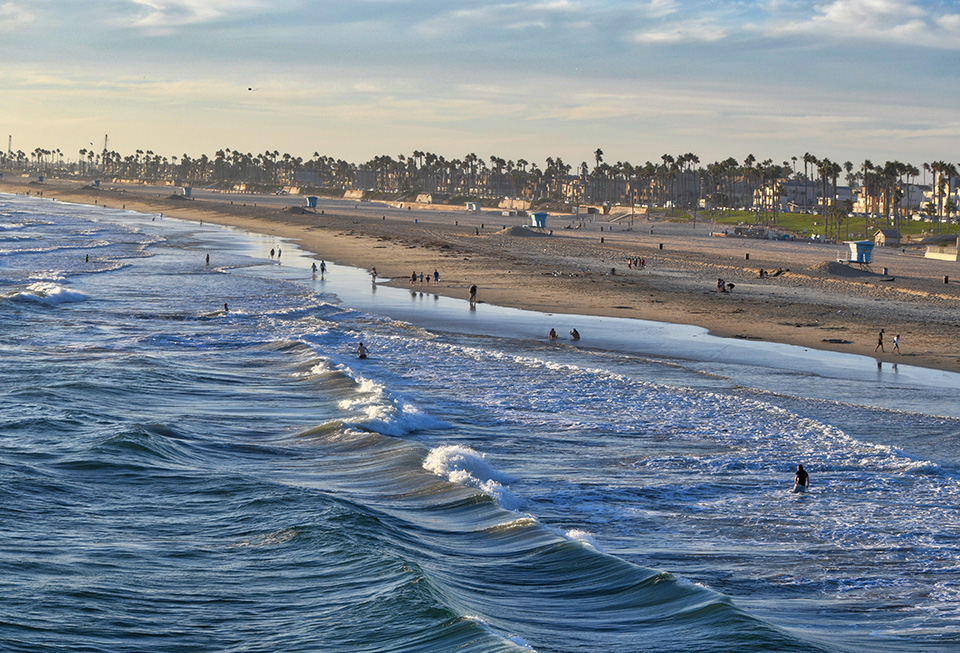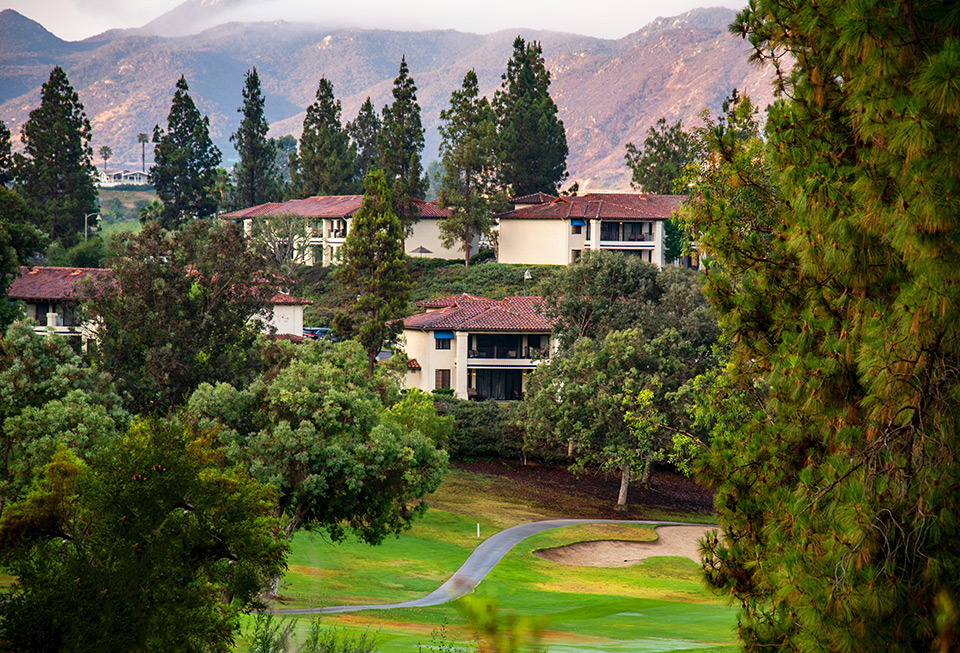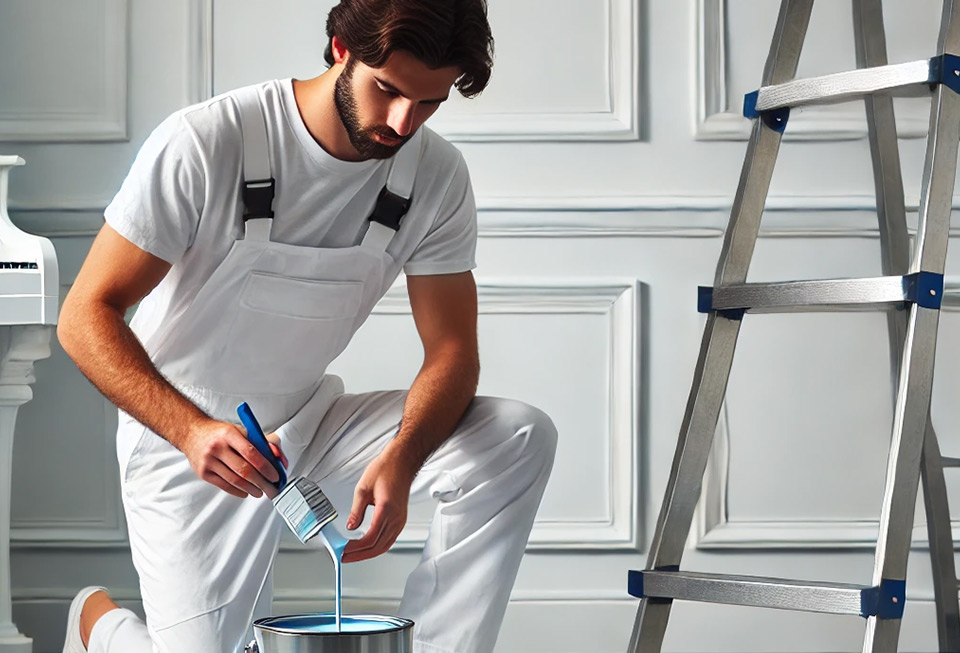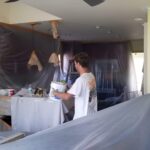
Should you hire professional painters? Here’s how they make your home look brand new
June 24, 2021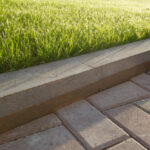
Exterior paint maintenance tips to maintain your curb appeal
July 12, 2021Anyone who knows me knows I always say that every home needs a bit of tender loving care from time to time. Regardless of how big, small, or old it is, your home needs to feel like one.
Expensive renovations aside, which may not always be practical or affordable, a fresh coat of paint for your home’s exterior can always liven it up 🙂
Before every painting project, you need to get your home prepared for its new coat; and although preparing for an exterior painting project sounds simple, it’s not!
There are a few common concerns and issues you may encounter when preparing your home for an external paint job. If these issues aren’t handled properly at the outset, they can make your project much more complicated.
Rotted wood
Many homes here in San Diego are traditional wooden houses. While wooden homes have a lot of charm to them, rotted wood may become a huge problem if the right precautions aren’t taken.
If your home has wooden exterior walls, you may need to check and see if the wood is in good condition. In older homes, time and exposure to the elements may lead to wooden walls wearing out and rotting away.
This may even be a problem for newer homes, especially if the rotting is caused by a water leak or termites.
When preparing for an exterior painting project, it’s important to make sure that your home’s structural integrity is sound. Painting over rotted wood will only be masking the problem, and if the rotting is caused by a water leak, water could continue to seep into the wood and ruin the paint.
When the wood gets too rotten, it will start to break apart, ruining your paint job.
Remove any rotted sections of your walls and replace them with new wood panels before you start painting.
To prevent the wood from rotting again, apply about two coats of waterproof sealant. Since termites can also cause wood to rot, spray on some borate before applying the paint.
Efflorescence
Moisture causes salt deposits to start forming on the walls of homes with masonry walls. These deposits build up along the walls causing damage and making the surface uneven and bumpy.
Efflorescence may prevent paint from sticking to your exterior walls and can make it difficult to apply an even and uniform coat of paint. My advice is to get this out of the way before you start painting!
Use a wire brush to scrub away the salt deposits and wash the wall with clean water. Put one part of citric acid into seven parts of water (phosphoric acid is more effective, but it’s not safe to use) and wash your wall with the solution.
After that, rinse the wall again with clean water and seal the wall using an anti-efflorescence primer.
I also recommend applying acrylic after you paint the now efflorescence-free area for added protection 🙂
Excessive alkalinity in brick walls
If your home has exterior brick walls, you need to watch out for alkalinity problems.
While bricks are generally neutral, the mortar used to stick the bricks to each other contains alkaline mineral salts. These alkalis can affect oil-based paint, causing them to disintegrate after a while.
Before you start painting your home, it’s a good idea to test the pH of your walls. If your exterior walls show high levels of alkalinity—a pH of between 8-14—you will need to get the pH level under control.
Use an alkali-resistant primer to seal away any part of your home’s wall where the alkalinity is too high. Apply a layer of cement over this and you should be good to go!
Preparing for an exterior painting project isn’t always easy!
Getting your home prepped for a painting project is the most important part of any painting project. In this process, you may encounter a few oddities and concerns lurking on your walls that could get in the way of a great paint job.
If you need help getting your home ready for a paint project, turn to your friendly neighborhood painting services for advice 🙂
